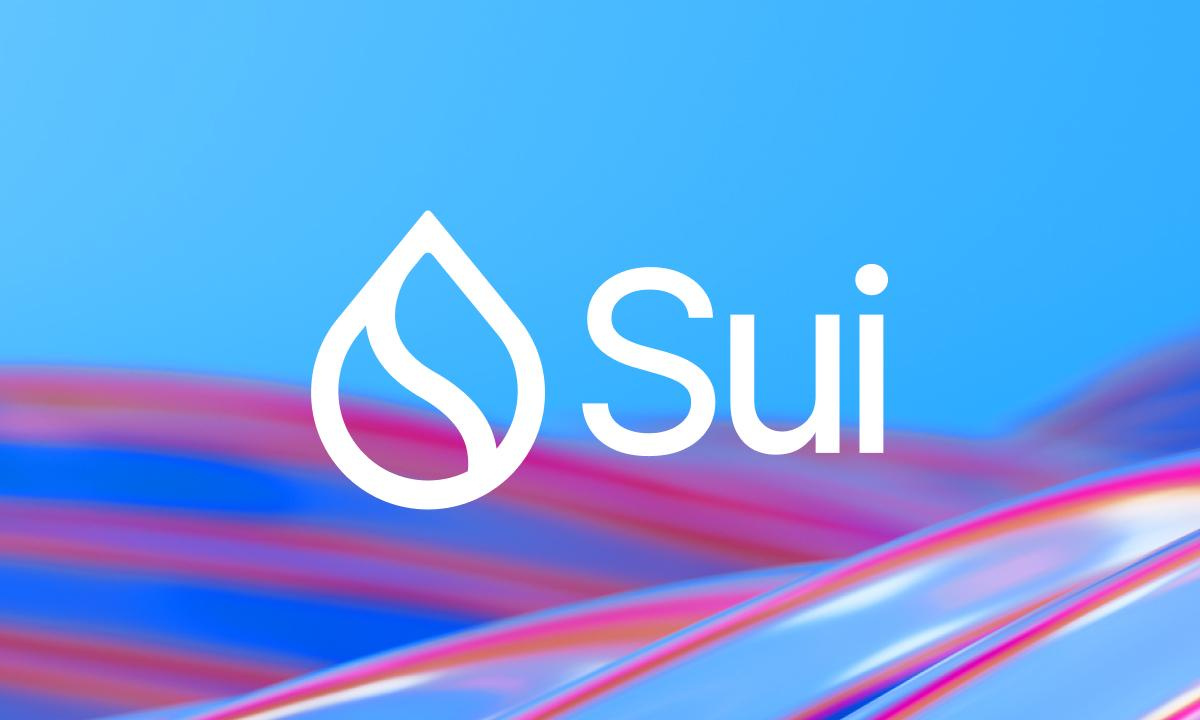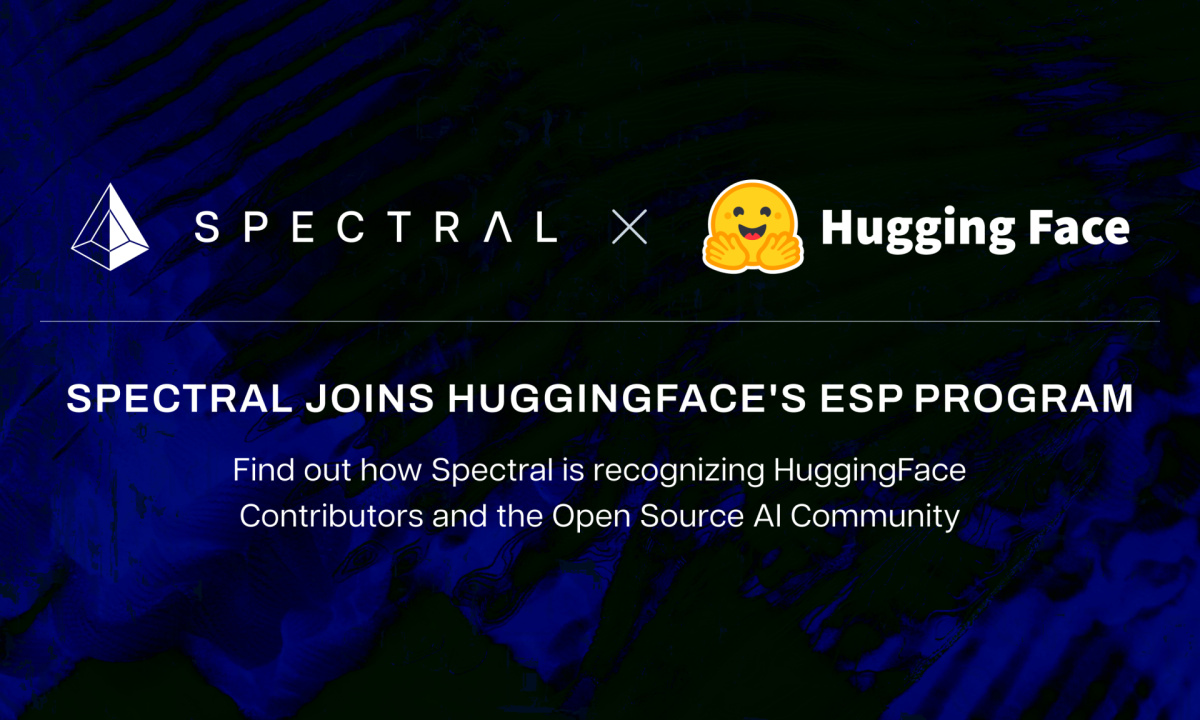Published
6 years ago on
January 31, 2018
Bitcoin Cash Is The Original According To Reports
Venezuela is not letting the negative views of cryptocurrency stand in its way when it comes to the development of cryptocurrencies. Petro in particular, the countries own cryptocurrency has faced a lot of scrutinization along the way, but, despite this, the government are actually making big plans for Petro, with the aim of creating a digital ...

Altcoins
May 7, 2024
New Bitcoin Blockchain Token To Watch - $99BTC Launch on BRC-20 Standard

Breaking News
May 7, 2024
Ether ETFs in Regulatory Limbo: SEC Stalls Invesco Galaxy ETF Decision

Breaking News
May 7, 2024




